Many people enjoy chewing ice, especially on hot days, but this seemingly harmless habit can wreak havoc on your dental health. While it may feel refreshing, ice chewing poses serious risks to your teeth and dental work. Let’s examine why you should break this habit and how to protect your smile.
Your enamel is the hardest substance in your body, but it’s no match for ice’s rigid crystalline structure. The extreme hardness of ice creates micro-fractures in enamel over time, weakening your teeth’s natural defense against decay and sensitivity. Once enamel is gone, it doesn’t grow back.
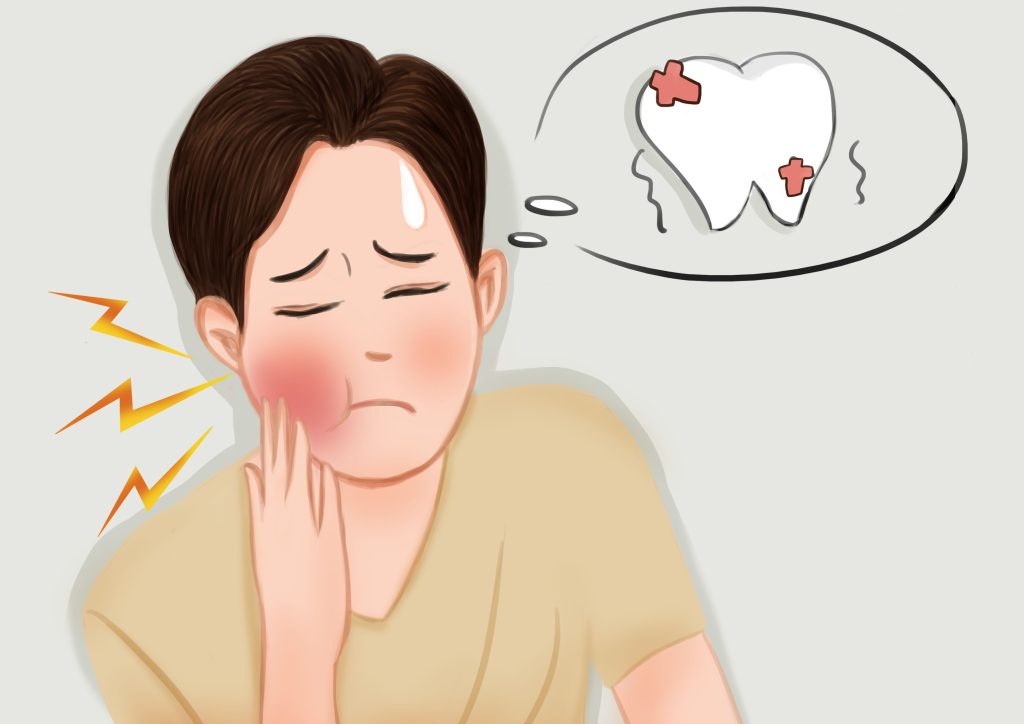
Chewing ice dramatically increases your chances of fractured teeth. The pressure from biting down on ice can cause hairline cracks or even complete tooth breaks, potentially requiring expensive treatments like crowns or root canals. Molars are particularly vulnerable due to their chewing function.
If you have any dental fillings, ice chewing is especially dangerous. The expansion and contraction caused by temperature changes can loosen fillings, while the chewing force may crack them. This creates openings for bacteria to enter, leading to new decay beneath your existing dental work.
For those with orthodontic appliances like braces or retainers, ice chewing can bend wires, loosen brackets, or crack plastic aligners. This extends treatment time and may lead to additional orthodontic visits and costs. Even clear aligners aren’t safe from ice’s damaging effects.
If you crave that icy crunch, try these safer options:
Chilled (not frozen) fruit like watermelon or cucumber
Crunchy vegetables such as carrots or celery
Sugar-free gum (which also stimulates saliva production)
Using a straw with your cold drinks to avoid ice temptation
Maintain your dental health with these essential practices:
Use an electric toothbrush with pressure sensors to clean effectively without harming enamel
Switch to a toothpaste designed for sensitive teeth if ice chewing has already caused damage
Schedule regular dental checkups to catch any early signs of enamel erosion or cracks
While occasional ice chewing might seem harmless, the cumulative damage to your enamel, risk of fractured teeth, potential to destroy dental fillings, and danger to orthodontic appliances make it a habit worth breaking. Your future self (and your dentist) will thank you for protecting your smile.
Concerned about enamel damage from ice chewing? Our professional-grade electric toothbrushes and enamel care products can help restore and protect your teeth. Explore Our Dental Care Solutions https://www.powsmart.com/about-powsmart/
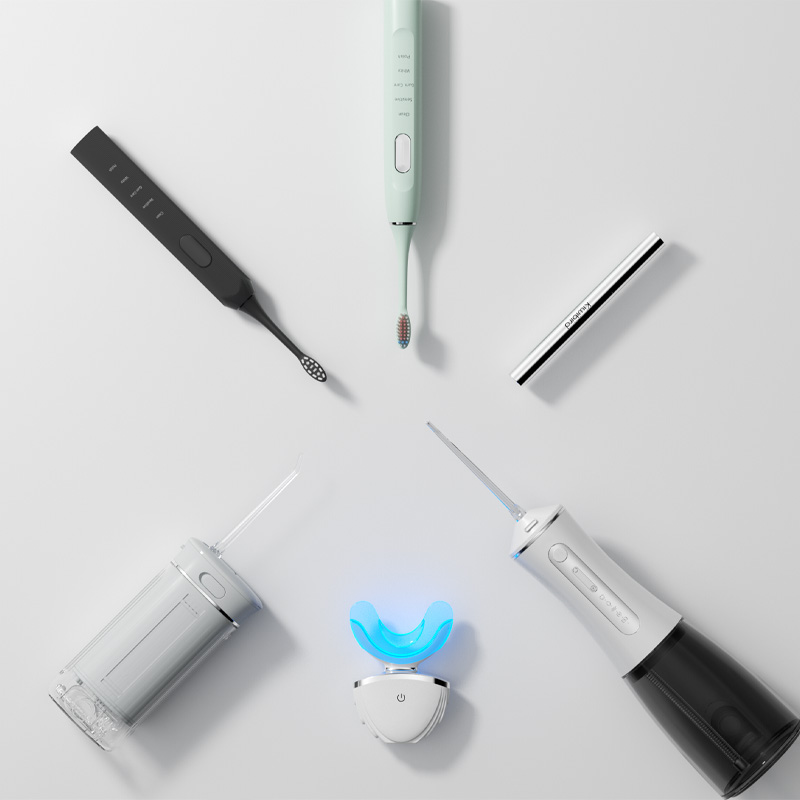
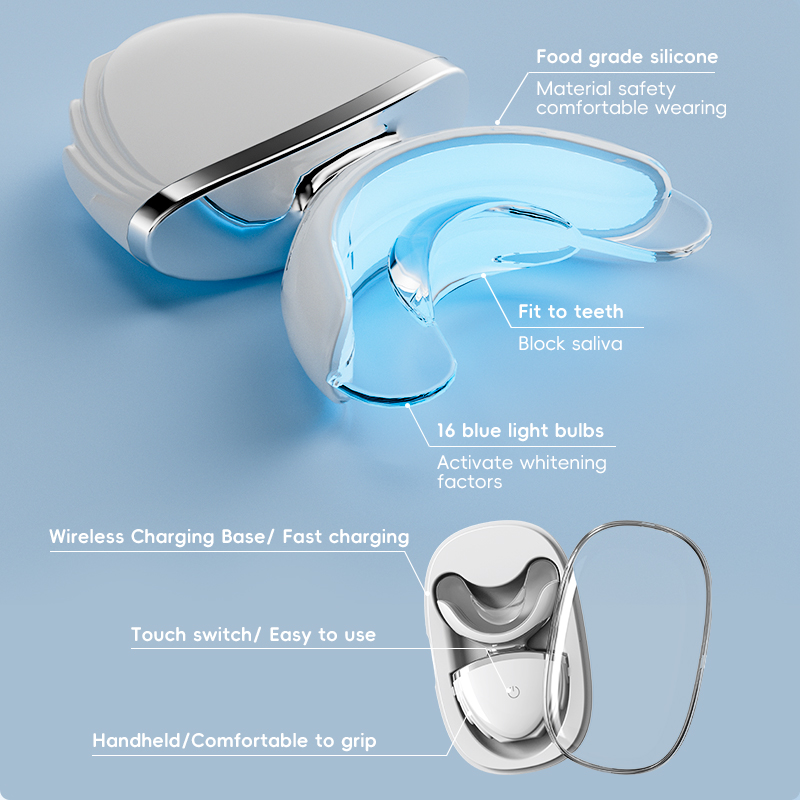
How to choose a reliable teeth whitening kit manufacturer
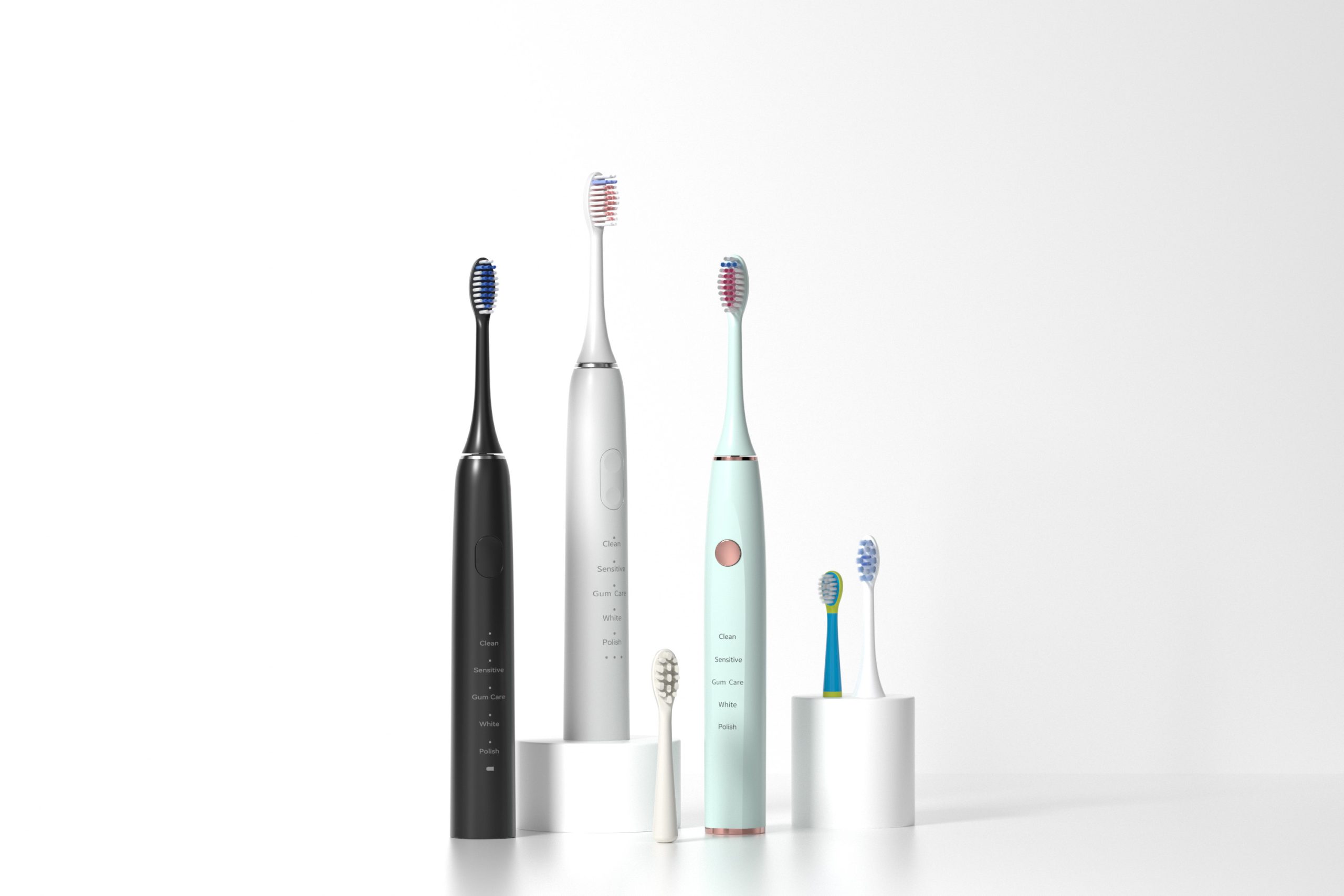
Gentle Yet Effective Cleaning: Sonic Toothbrush for Receding Gums
Are Cheap Brush Heads Worth It?

UVC vs. Ozone Sterilization: Which is Better for OEM Oral Care Products?

Customizable Electric Toothbrushes: Meeting Diverse Consumer Needs
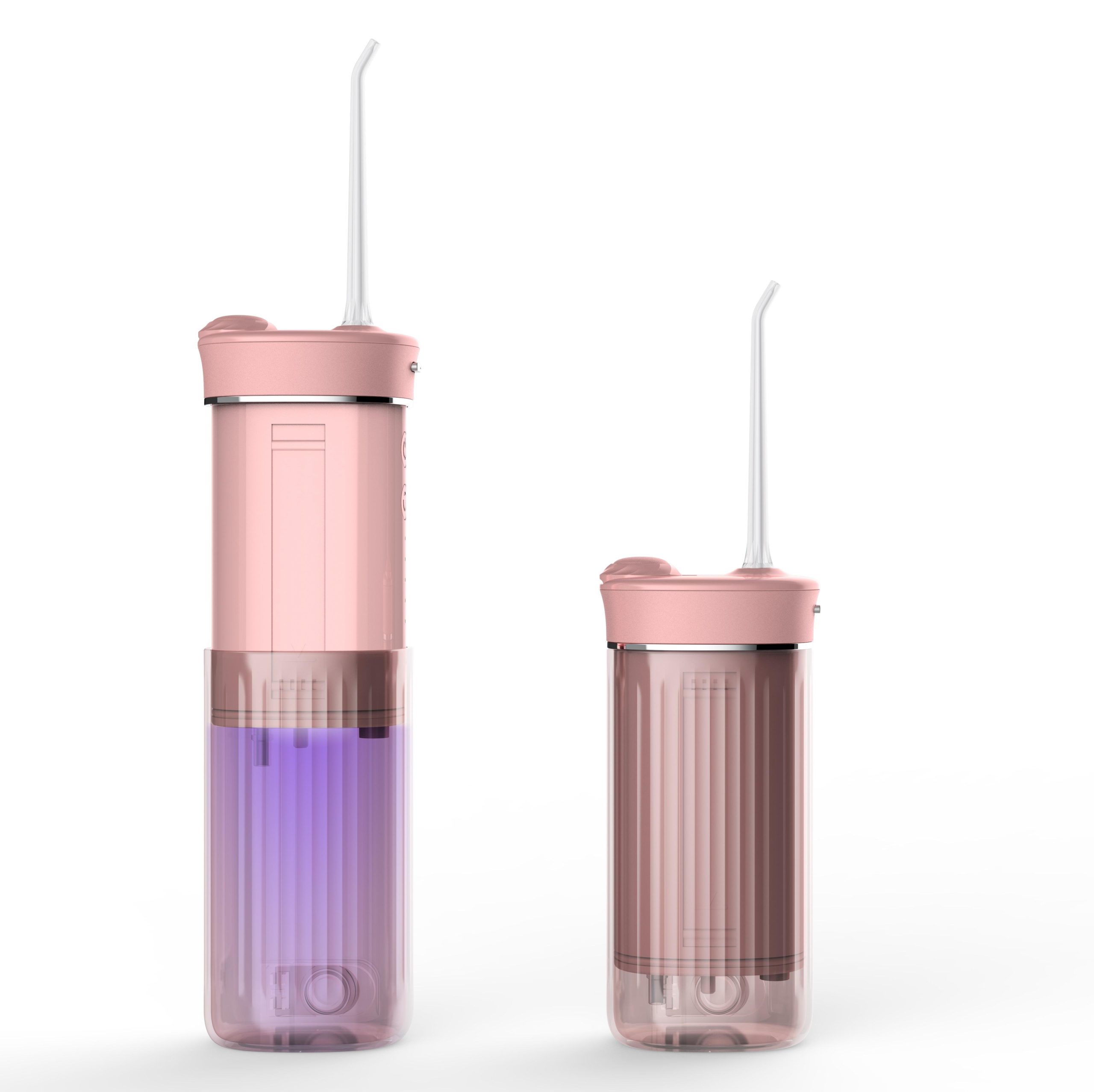
A Comprehensive Analysis of the Pros and Cons of Water Flossers: Product Optimization from water flosser Manufacturers’ Perspective
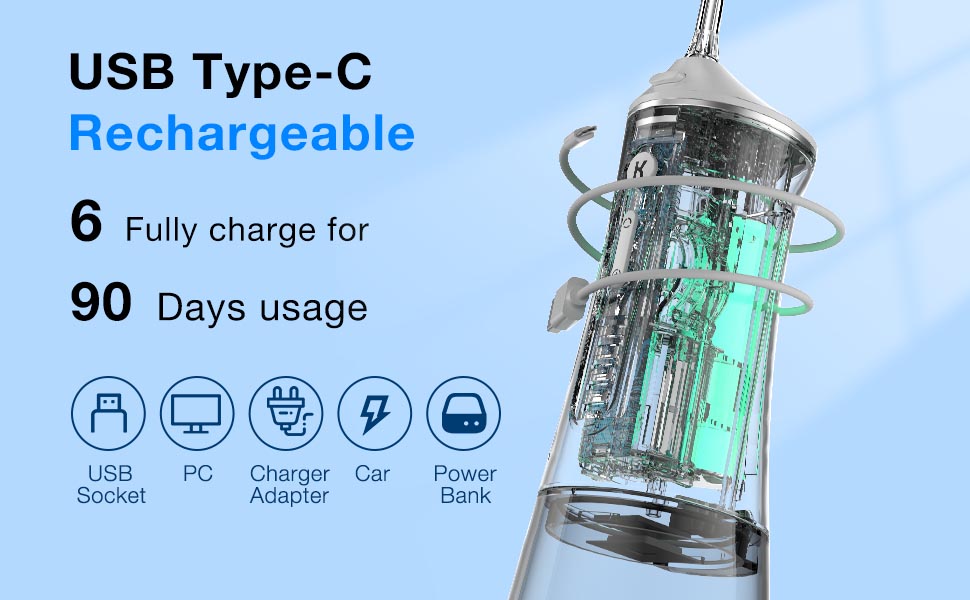
How Much Do You Know About the Knowledge of the Water Pump?

Do At-Home Light Therapy Teeth Whiteners Really Work?
Seal Degradation Leading Bacterial Regrowth – Preventable?
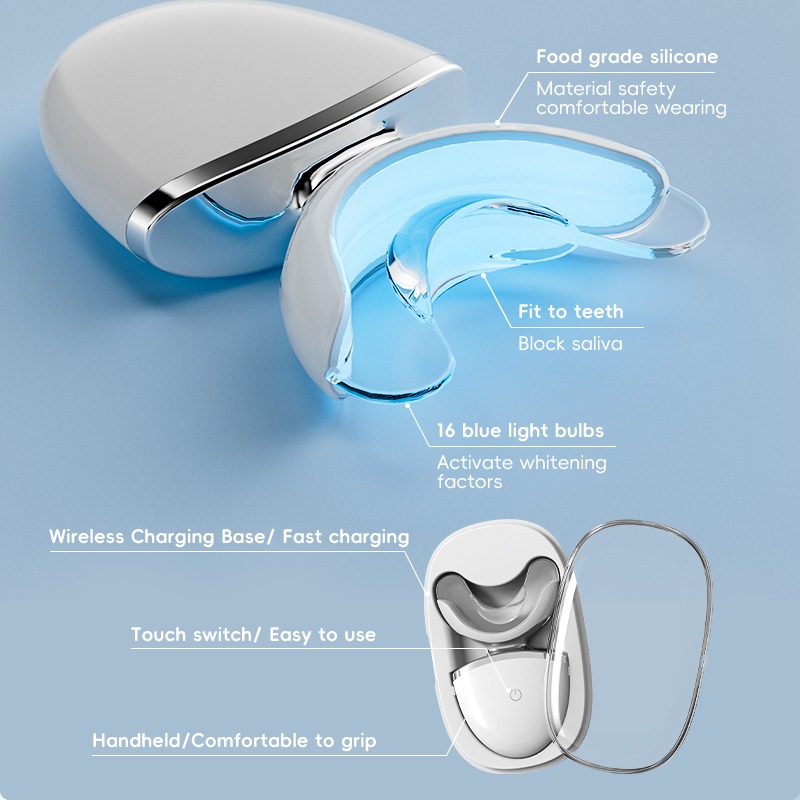
Trends of Teeth Whitening market in 2024 That You Should Notice

Water Flosser Precision Molding & Torque Testing Guide | Quality Insights

Does the 40000 Strokes/Min Sonic Brush Trigger Gum Recession?
Gel Leakage Plus Enamel Erosion – Double Damage?
Are Filter Degradation and Voltage Drops Linked?

Does a Water Flosser Require Regular Maintenance? How Should It Be Cleaned?
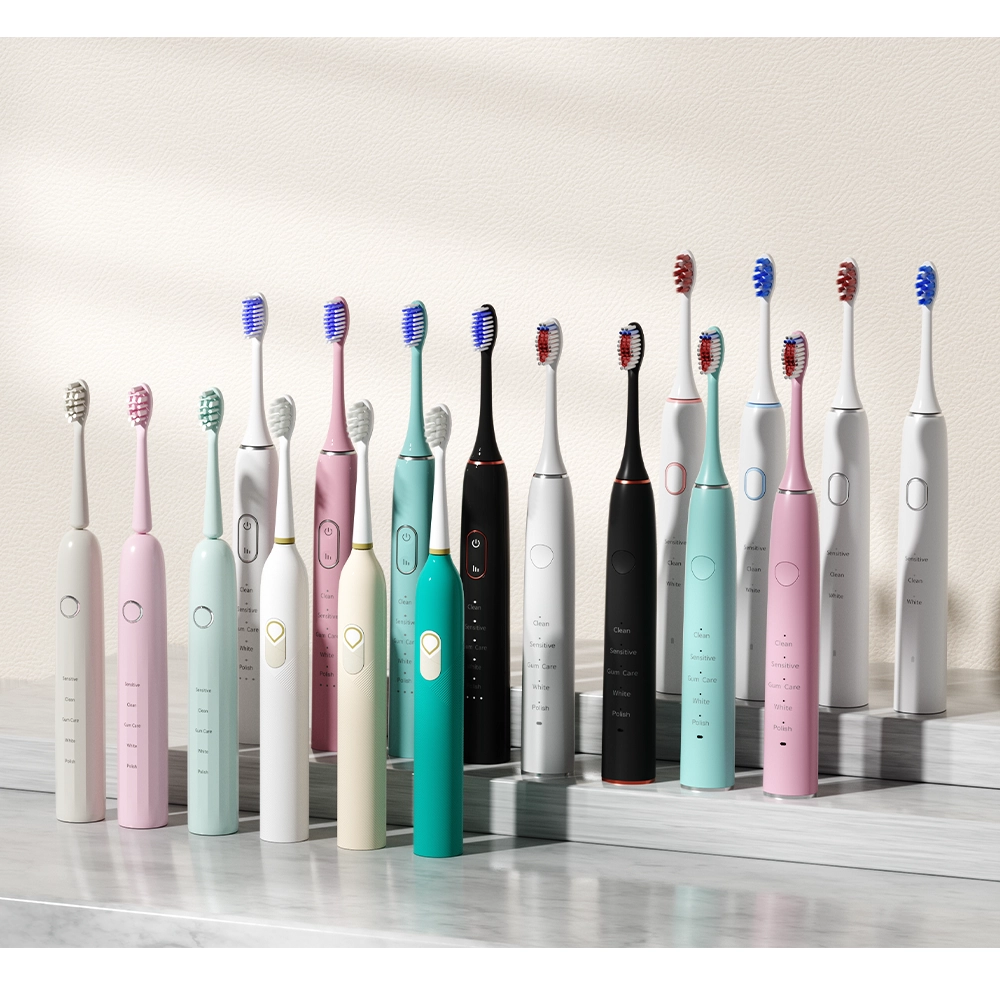
Should You Invest in Electric Toothbrushes?

Customization Teeth Whitening Gel
.jpg)
Florida Electric Toothbrush – Powsmart PTR-C8

Electric toothbrush heads Charcoal Infused-Diamond

electric toothbrush heads Deep Clean

Private Label Whitening Gel

electric toothbrush heads Charcoal Infuse-Round

electric toothbrush heads Ultra Soft

electric toothbrush heads Regular Clean
whstapp
whstapp
National Toll-Free Service Hotline
+86 755 86238638